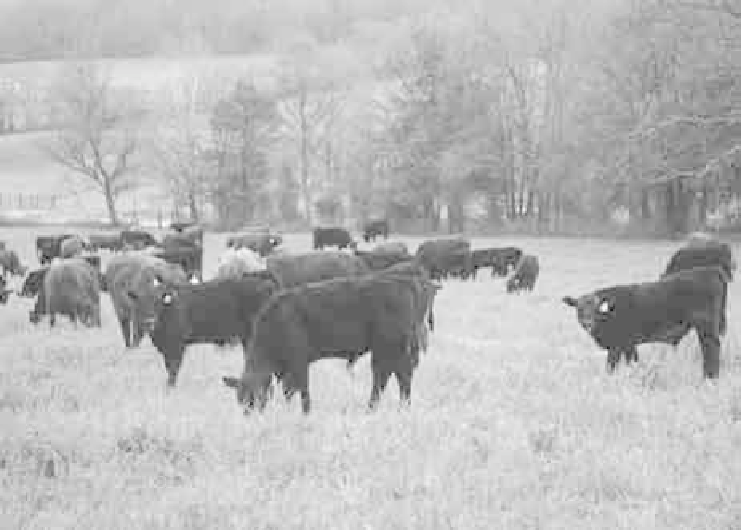Agriculture Reference
In-Depth Information
Plate 8.1
Livestock production
Agribusiness marketers stay on track by using a variety of market planning tools. Photo courtesy
of USDA Natural Resources Conservation Service.
reports estimating current and projected acreage and livestock numbers are released
frequently throughout the year to help agribusinesses monitor trends and adjust their plans.
Like agricultural input fi rms, food fi rms are also very interested in market demand. Food
marketers pay special attention to two key areas when forecasting sales—regionality and
seasonality. Food consumption patterns can vary dramatically from one region of the coun-
try to another. For example, grits sell well in the Southeast U.S., but few consumers may
even know about this product in other regions of the country. Consumption of food products
will vary dramatically by season as well. Summer fruit, vegetable, and ice cream sales, and
holiday sales of turkey and ham are excellent examples. Combined with good demographic
data, bringing regional and seasonal factors into the equation helps food marketers fi ne-tune
their market forecasts.
Note that despite all the sophisticated techniques, forecasting market demand is far from
an exact science. Random events such as unexpected weather, consumer fads, a food safety
scare, or an international crisis can play havoc with the most elaborate market demand
forecast. Here, techniques such as contingency analysis or sensitivity analysis become
important. The general idea here is to bound a forecast with an upper and lower range that
helps the manager understand the uncertainty that comes with any forecast. For example,
when forecasting market demand, a fertilizer fi rm may look at corn prices under strong
export market, normal export market, and weak export market conditions. Such a range of
corn price forecasts helps the manager better understand the market demand risk in the
coming business environment and plan accordingly.

